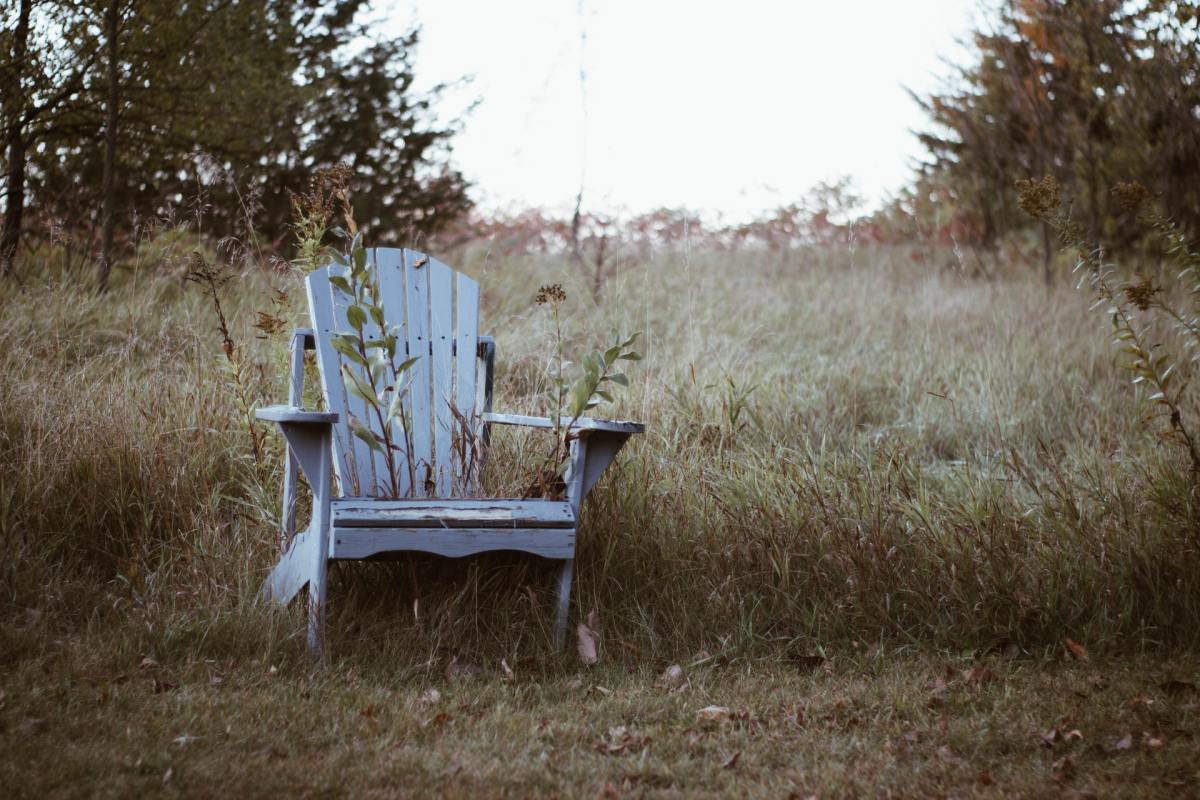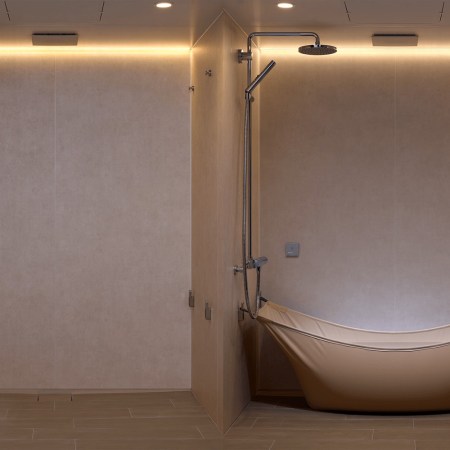If you’ve spent any time outdoors in the northeastern United States this summer, you’ve probably spent some time sitting in an Adirondack chair. There’s really nothing else like them, in terms of their design — an arch at the top, sprawling armrests and a low seat perfect for a lazy afternoon. Whether you’re looking for a refinement of a classic design or to build one yourself, it’s not hard to see why they’ve endured.
How did this distinctive design come about in the first place? A new article in Smithsonian Magazine by Debra Judge Silber explores its origins — which, it turns out, are rooted at another moment in history when public health was a significant concern to many Americans.
In the late 19th and early 20th centuries, Silber explains, the Adirondacks were home to many facilities where people suffering from tuberculosis could go to recuperate. Part of the recommended prescription involved resting outdoors and taking in the clean air; slowly but surely, a number of designs arose to best accommodate sitting outdoors for long periods of time.
For some, the chairs were part of a therapeutic program; for others, they were a way to maintain wellness after a formal regimen had ended. Either way, it isn’t hard to see how they became ubiquitous. The Smithsonian article shows plans and photographs from different chairs designed by Thomas Lee, Harry C. Bunnell and Irving Wolpin — all with a similar approach, and all recognizable as Adirondack chairs. And there’s plenty more to read about the subject, if you’re looking for a book to take in the next time you’re resting in an Adirondack chair.
Whether you’re looking to get into shape, or just get out of a funk, The Charge has got you covered. Sign up for our new wellness newsletter today.


















